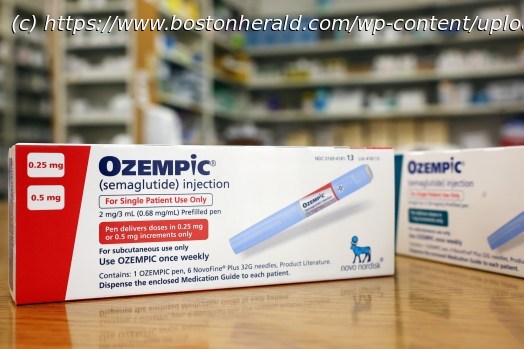Countries around the world are struggling with how and when to pay for drugs in the same chemical class.
On May 13, Sen. Bernie Sanders, I-Vt., published an open letter to Novo Nordisk on the front page of a leading Danish newspaper, urging the hometown company to live up to its altruistic standards by lowering U.S. prices for its blockbuster diabetes and weight loss drugs.
What Sanders didn’t realize was that Denmark, a country of 6 million, was enduring its own crisis over how to pay for the Novo Nordisk drugs Ozempic and Wegovy.
Most other developed countries, including Denmark, negotiate down drug costs for their citizens, paying prices that are a fraction of those in the United States. But when a drug is effective and expensive, pharmaceutical companies can play hardball on pricing. And Novo Nordisk did, at least initially, pushing the Danish health system to its limits.
The country’s socialized health system had for years covered Ozempic as a diabetes treatment, but in 2022 doctors began prescribing it for weight loss, too, and soon they “emptied all the money boxes in the entire public health system,” said University of Copenhagen professor Jens Juul Holst, a co-inventor of the drug.
Countries around the world are struggling with how and when to pay for Ozempic, Eli Lilly’s Mounjaro, and other drugs in the same chemical class, particularly when they are prescribed for weight loss. Indeed, the sky-high prices paid in the U.S. set a bar that pharmaceutical companies can use as they negotiate with other health systems.
In Denmark, with prescriptions for the drugs gobbling up 18% of regional drug budgets in 2023, officials were considering the unthinkable in a system that prides itself on free cradle-to-grave coverage: forcing patients to pay out-of-pocket for Ozempic — a drug made in the country.
In America, meanwhile, tightening insurance policies are making it harder for patients to get the drugs, which are listed at up to $1,350 a month.
“There are changes month to month in our clinic in terms of the supply, coverage, which drug is available,” said Michael Blaha, director of clinical research for the Johns Hopkins Ciccarone Center for the Prevention of Cardiovascular Disease. He said that doctors and patients were “playing a constant game of prior authorization and appeals.”
In particular, use of the drugs for weight loss is a hot-button issue. Novo Nordisk and Lilly are battling for coverage — joined by some doctors and patient advocate groups, many funded by the drug companies. They are pressing to overturn a 2005 federal rule that prohibits Medicare from reimbursing weight loss treatments.
“There’s a strong assumption that Medicare is going to cover these drugs for obesity treatment sooner or later,” said David Kim, an assistant professor of medicine and public health sciences at the University of Chicago. If Medicare pays, he added, commercial insurers will probably follow suit.
The impact on federal and commercial insurance budgets, he said, depends on three unanswered questions: How many people will eventually get the drugs? For how long will they take them? And at what price?
The potential Medicare market alone is enormous.
Home
United States
USA — Cinema How little Denmark got homegrown giant Novo Nordisk to lower Ozempic prices






